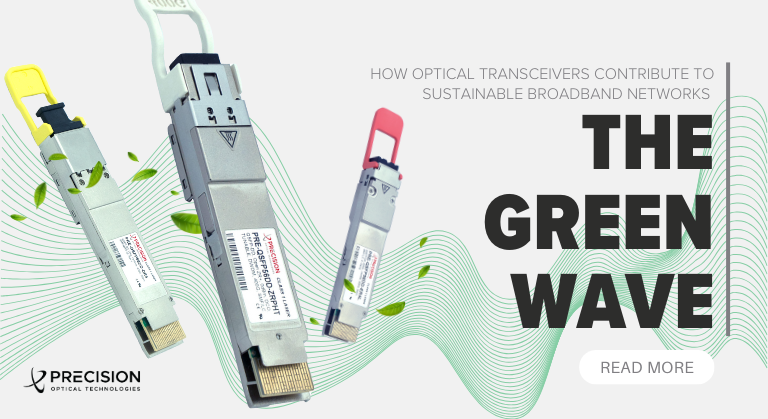
The Growing Demands for Optical Encryption

In the growing world of technology, securing data has become essential throughout many sectors. Hospitals, for instance, are required by law to protect the privacy of their patients. While the transition from paper to digital medical recording practices is more practical for health facilities and their patients, it also poses risks for data hacking. Optical encryption, which occurs at OSI model level 1 – before entering the physical level – is an ideal solution to reduce these risks. When sensitive data is sent and collected from multiple sources, some of which may be unsecured, lower-level encryption serves as a backup or “safety net”. Optical encryption has the capability to protect all forms of internet traffic and does so in a way that does not slow transmission speeds or alter data.
While the current norm for data security is end-to-end encryption that occurs on OSI level 3 – the network level – or higher, optical encryption poses as an alternative solution and continues to grow in popularity. As more and more sensitive information is transmitted online, the potential risk of security gaps increases; many believe that a comprehensive defense strategy such as optical encryption is a future-proof method to ensure that information is safely being transmitted and stored. Experts predict that future optical transport platforms will include default optical encryption capabilities, making optical transmission a safe, future-proof method to secure data.
Contact us today to integrate optical solutions into your communication and security strategy.






